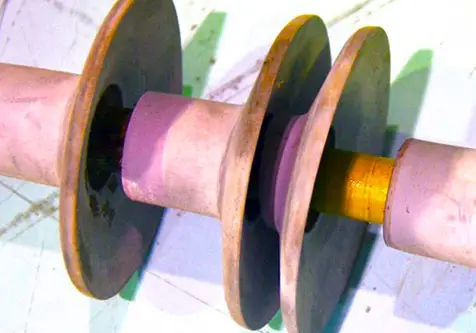Combined Electrical&Mechanical Test on insulators
Combined Electrical & Mechanical Test is an important test on high voltage porcelain disc insulators. In ANSI and IEC requirements, the disc insulator is mounted in a tensile testing machine with both ends connected. On the both ends, there is a voltage applied. This artical is embedded with a video of Combined Electrical & Mechanical […]


